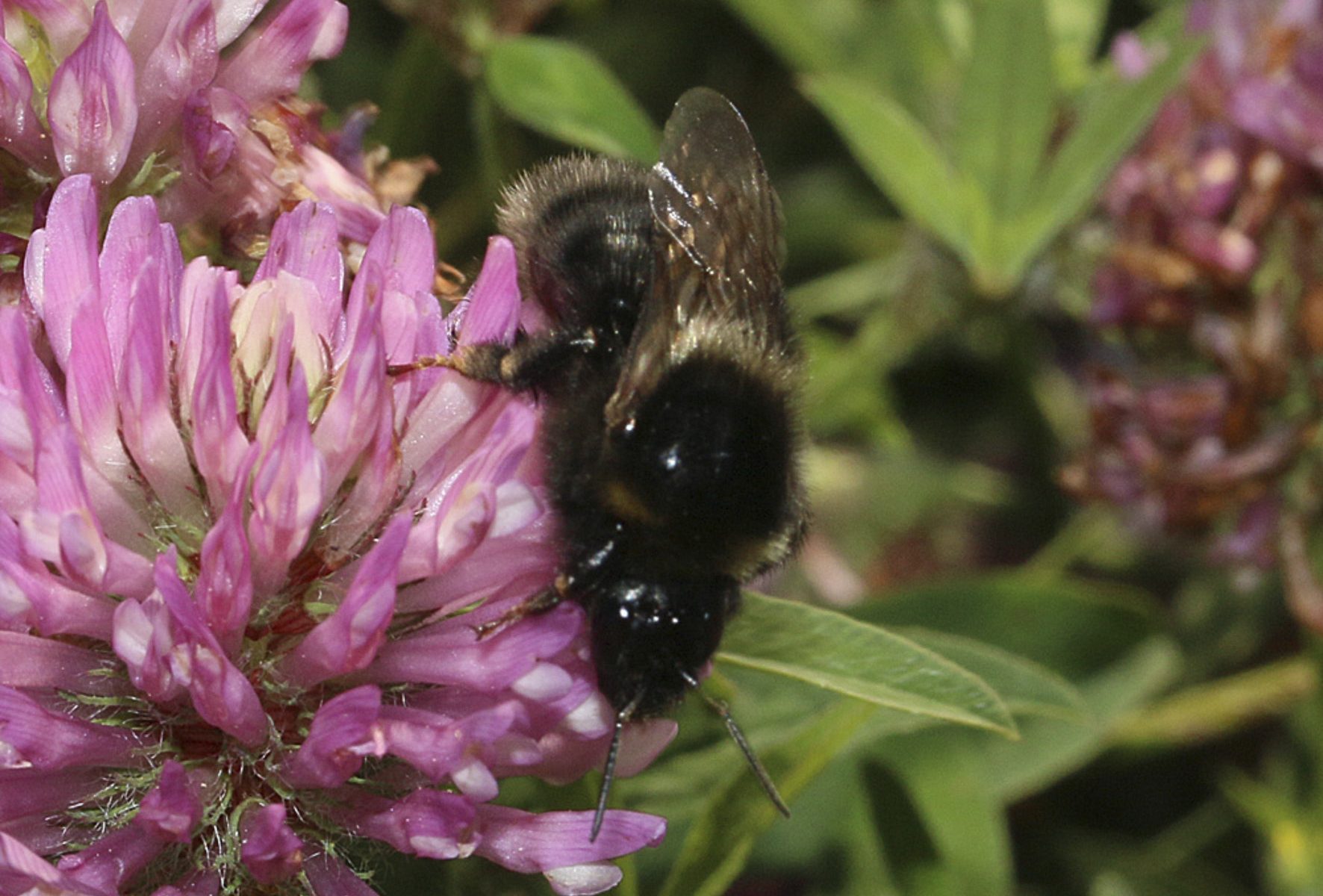Dungeness is an extraordinarily rare habitat as within approximately twelve square miles there are over six hundred plant species, many of which have adapted to growing on shingle ridges. And what a good place to reintroduce one of our native bumblebees, last recorded in 1988 in the U.K. and declared extinct.
A project to reintroduce the short-haired bumblebee, Bombus subterraneus was set up in January 2009 with partners, the RSPB, Natural England, the Bumblebee Conservation Trust and Hymettus. The original plan had been to reintroduce the species from bumblebees in New Zealand, introduced from the UK 130 years ago. However, inbreeding in these bumblebees meant that the project looked to Sweden as a source of short-haired bumblebee queens. And so they began to be collected from Skane in the south of Sweden in the spring of 2012.
As the queens began to emerge from hibernation in April/May, groups of scientists and volunteers collected them as they foraged amongst dead nettle, Lamium album, which is a favourite early source of pollen. Any queen that had already collected pollen was released as she would have already established a nest and would not make another on a different site. Once the bumblebee queens had been collected they were put in quarantine conditions at Royal Holloway, University of London and after a period of two weeks were then released at both Dungeness and on Romney Marsh.
Since then they have subsequently been specifically monitored by Nikki Gammans and her team – other bumblebee species at Dungeness are monitored from April to September as well. The good news is that three worker bees of the reintroduced bumblebees have been spotted foraging at Dungeness this summer.
The Weald of Kent Protection Society (WKPS) recently organised a talk given by Dr. Gammans on the life of the bumblebee and on the aims of the project at the RSPB Centre in Dungeness and it was just so interesting. New areas of flower rich habitat are being created and the bumblebees’ relationship with these sites is being monitored. Nikki and her team have now got seventy-five farmers on the Marsh involved with the active conservation of bumblebees and on the rich farmland there, crop pollination by all varieties of bee is invaluable. And it was good to hear that the Environment Agency is taking steps locally which should aid the bumblebee. For instance, the sea defences at Pett used to be cut seven times a year, but this has now been reduced to three.
Loss of foraging habitat (97% of wild flower meadows have vanished in the last seventy years), intensive farming, pesticides and ‘urbanisation’ have reduced bee populations pretty drastically. Two bumblebee species have become extinct in this time and seven are in danger of becoming so. There are currently twenty-five bumblebee species amongst 250 bee species in the UK and it is not until you approach a humming buzzing patch, of, say, bramble that you realise that they are in such variety. It certainly makes a walk with the dog much more interesting if not slower than usual!
And so these bees, distantly related to the honey bee, have a life cycle which goes like this. In the spring, with temperatures rising, the queens emerge from hibernation. They will have mated in the autumn and as soon as they ‘come to’, they start their search for food to take back to their progeny. So plenty of early pollen producing flowers like patches of dandelions are heaven to the bumblebee – and essential for the young queens to get a good start in life and to raise a healthy brood.
Many of the bees have different requirements for nesting sites. Ideal places would include debris in the bottom of hedges, discarded rodent holes (we saw a rare brown banded carder bee in a rabbit scrape at Dungeness which caused much excitement), perhaps old sheds and log piles. Tidy gardens are absolutely hopeless for bees of all kinds. And I know from experience that our old log shed by the back door is used year after year by low flying bumblebees sneaking in under the door. The young queen will start her nest with a clump of wax and pollen and start laying a few eggs at a time. The grubs, which the queen has sealed into the nest at this stage, emerge as worker bumblebees and as their name suggests, they immediately start work collecting pollen whilst the queen lays more eggs. By the summer, her eggs become future queens or male (drones) bumblebees. The drones are independent of the nest from this moment; their sole purpose being to mate with the young queens to ensure the future of their species. Once the temperatures begin to drop at the end of the year, the old queen and her offspring, bar the new queens, will die. They will have mated and need only to hibernate until the spring when their life cycle begins again.
Bees are essential to the pollination of flowering plants and crops, apart from things like wheat which are wind pollinated, and pollinate over eighty percent of high value crops. Without them we would have a huge problem. A salutary lesson can be learned from the experience of the pear farmers of Hanyuan province in China. In the 1980s industrial amounts of chemicals were inexplicably and disastrously used on the land, wiping out all insect life. Now each flower on each pear tree has to be hand pollinated by the farmers and their families. Imagine the labour intensity of that activity.
So, we can help by growing pollen rich plants in variety remembering that short-tongued bees prefer open flower plants like achilleas and the umbellifers and the long-tongued varieties opt for tubular flowers like foxgloves and teasels – a perfect plant for wildlife. Hollow stems from old canes or reeds can be fashioned into nesting habitats for bees. And of course, the re-creation of wild flower meadows, even in a small patch in our gardens will encourage bumblebees to visit. At present the common knapweed, Centaurea nigra, is awash with bumblebees and butterflies as is the willow herb in the hedgerows. To encourage these sorts of plants is to do our little bit towards encouraging dwindling numbers of bumblebees as well as bringing back varieties like lovely ragged robin, Silene flos-cuculi, once seen everywhere and now considered to be on the endangered list. And if you can be persuaded to cut your grass a little higher than usual, bees thrive on clover and fill the garden with activity and sleepy humming.
An idea of the sort of plants that would encourage the bumblebee to your garden, would be:
❤ Early spring: Bluebells, flowering currants, apple, white and red dead nettle, lungworts.
❤ May/June: Herbs like comfrey (always alive with bees), chives, red clover, foxgloves, honeysuckle, geraniums, woundwort (a veritable feast for bees), birds-foot trefoil.
❤ Later in the season: Buddleias, catmint, hyssop, marjorams, lavenders, teasels, thistles, Viper’s bugloss, and bramble.
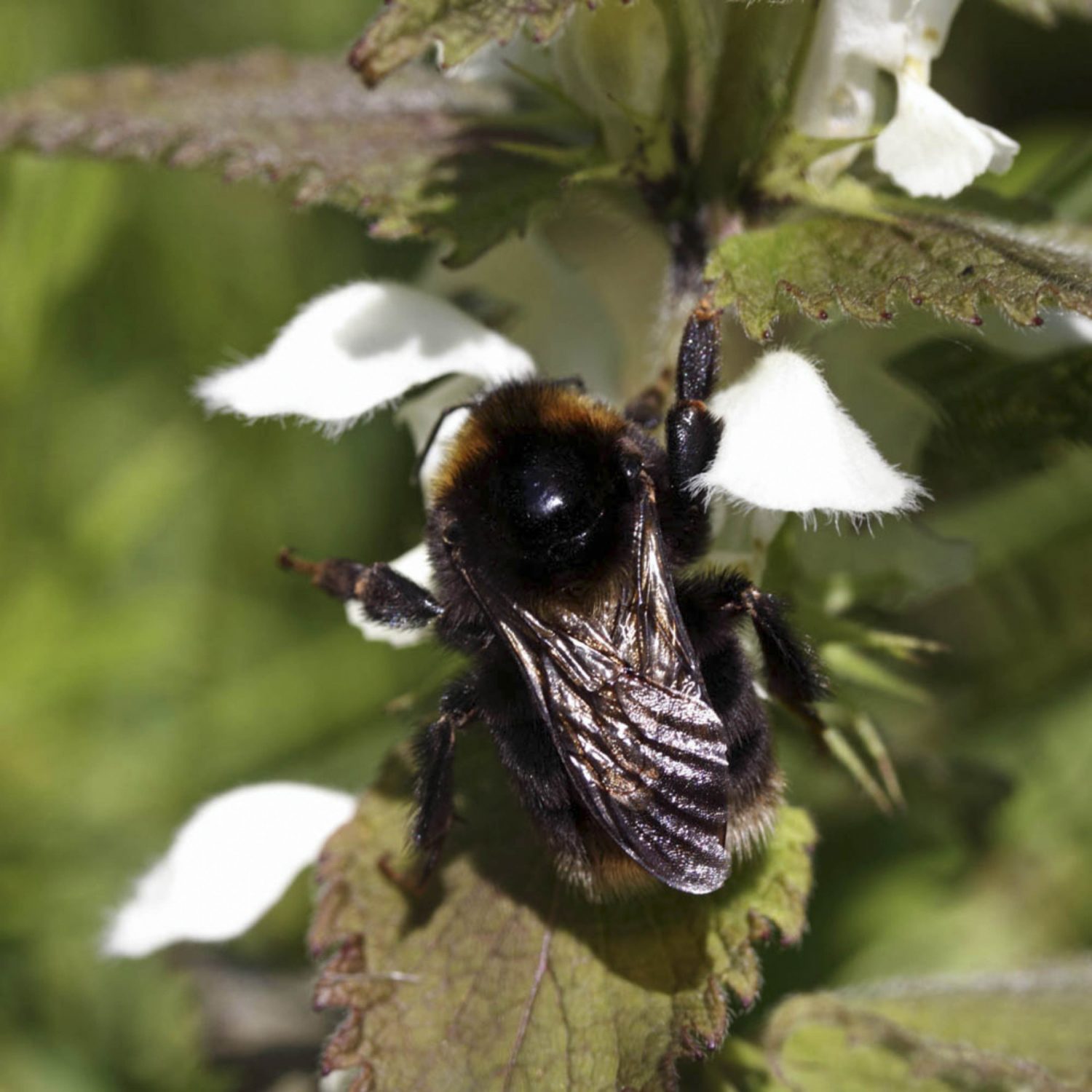
A project to reintroduce the short-haired bumblebee, Bombus subterraneus was set up in January 2009 with partners, the RSPB, Natural England, the Bumblebee Conservation Trust and Hymettus
TEST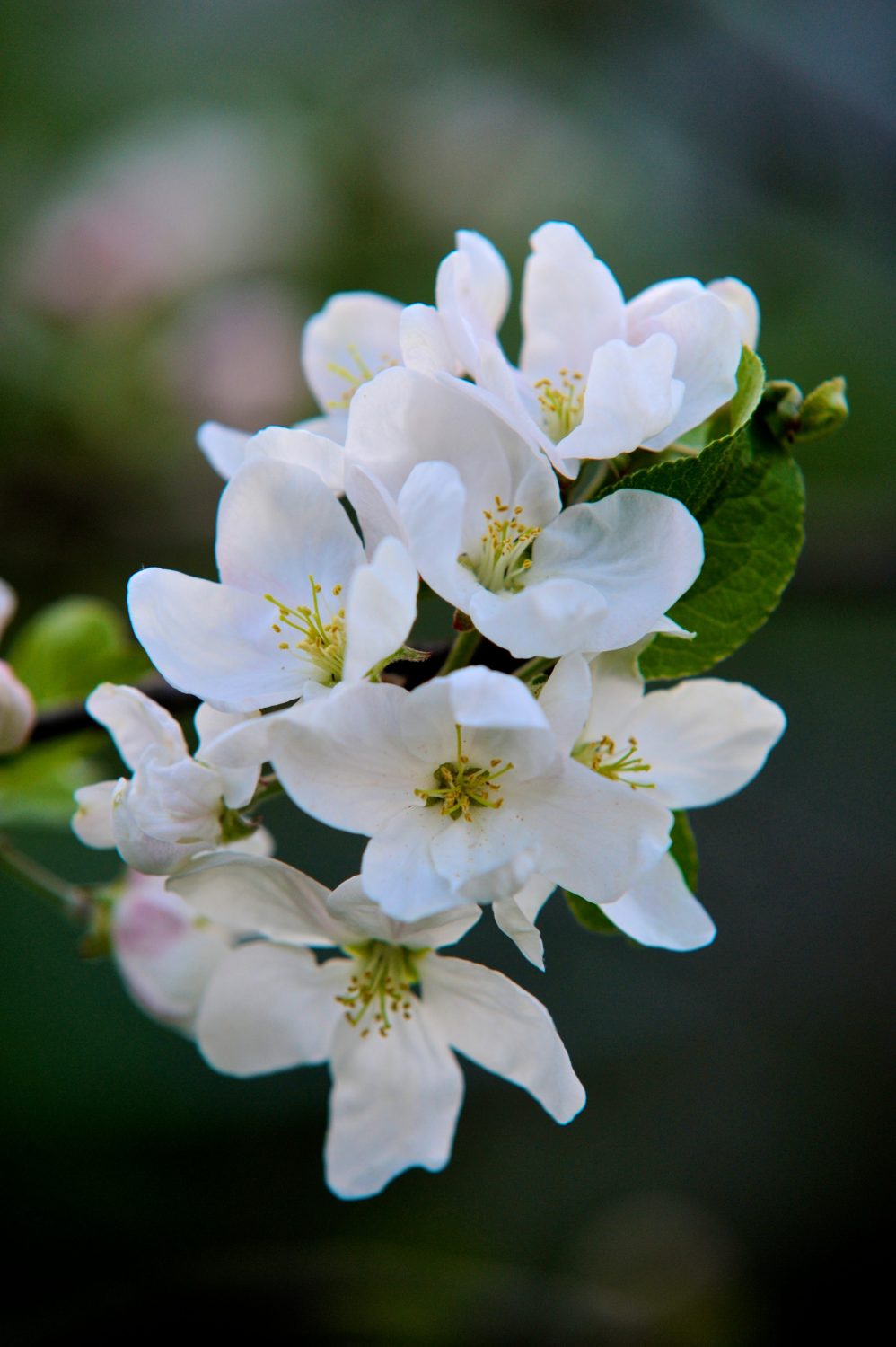
Bees love apple blossom
TEST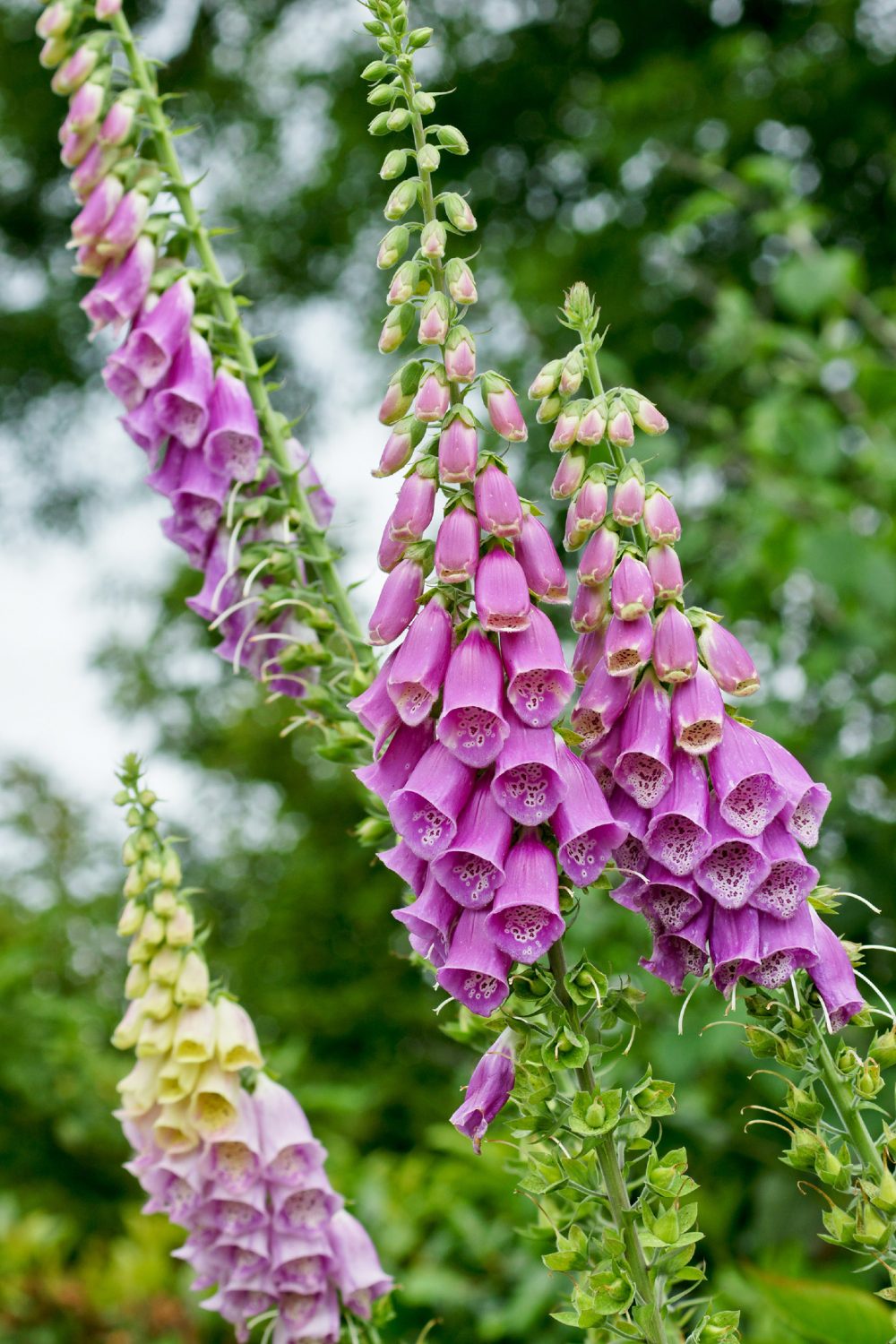
Long-tongued bees opt for tubular flowers like foxgloves and teasels
TEST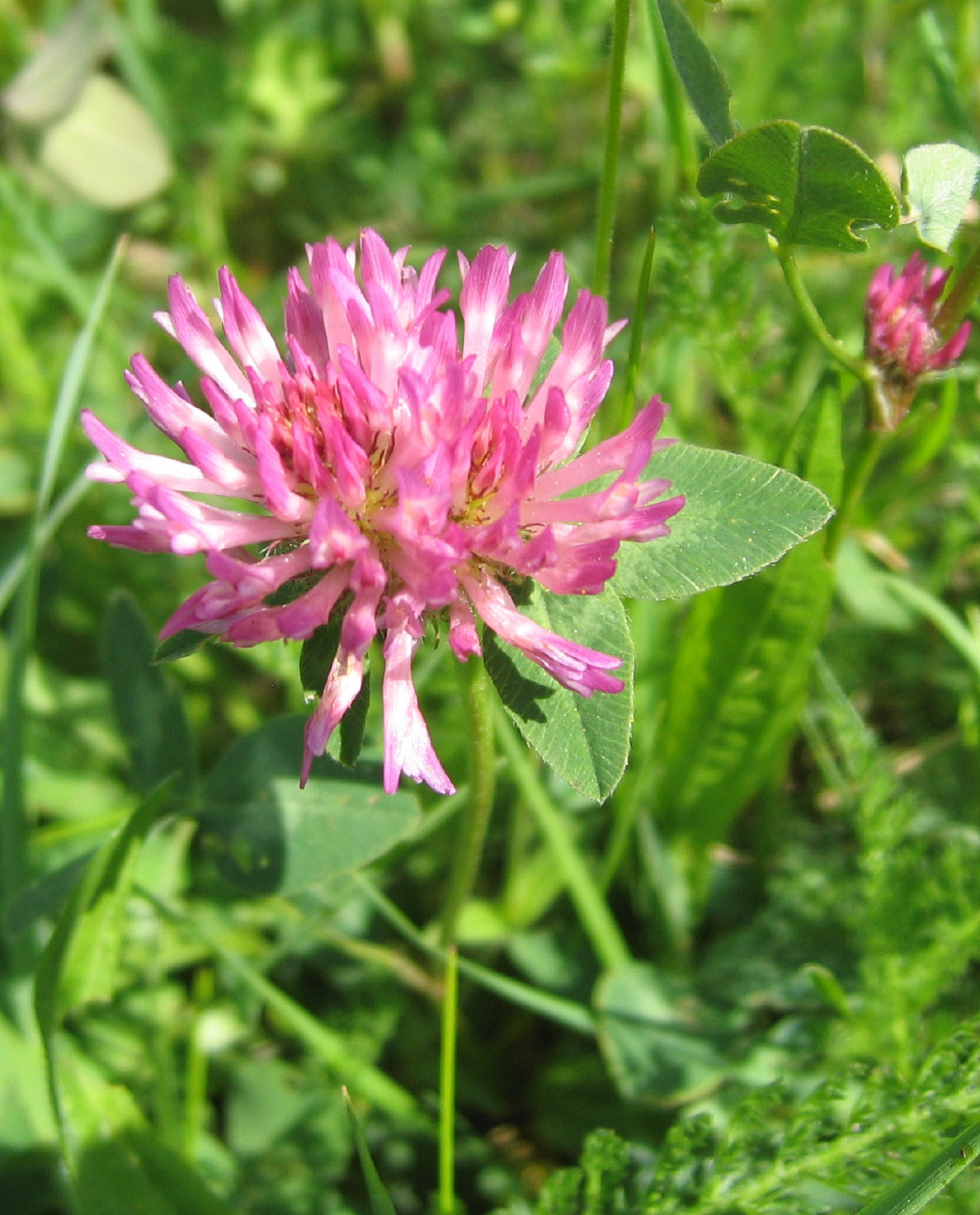
If you can be persuaded to cut your grass a little higher than usual, bees thrive on clover and fill the garden with activity and sleepy humming
- words: Sue Whigham
You may also like
In the Night Garden
Jo Arnell explains how to make the most of your outdoor space once darkness falls Some enchanted evening you may see me outside – mainly searching for slugs in the garden, because the cool hours of night are when they...
Contain your excitement
Jen Stuart-Smith discusses how to get creative with your pots and planters My love affair with plants started with houseplants when I was a child. As my bedroom windowsill overflowed – resulting, occasionally, in waking up with compost under my...
More than just a pretty face
Jen Stuart-Smith explores the multiple uses of some easy-to-grow garden favourites When you grow flowers for their beauty, shape and colour it can be easy to forget all the other qualities they have to offer. Some are edible, others provide...
